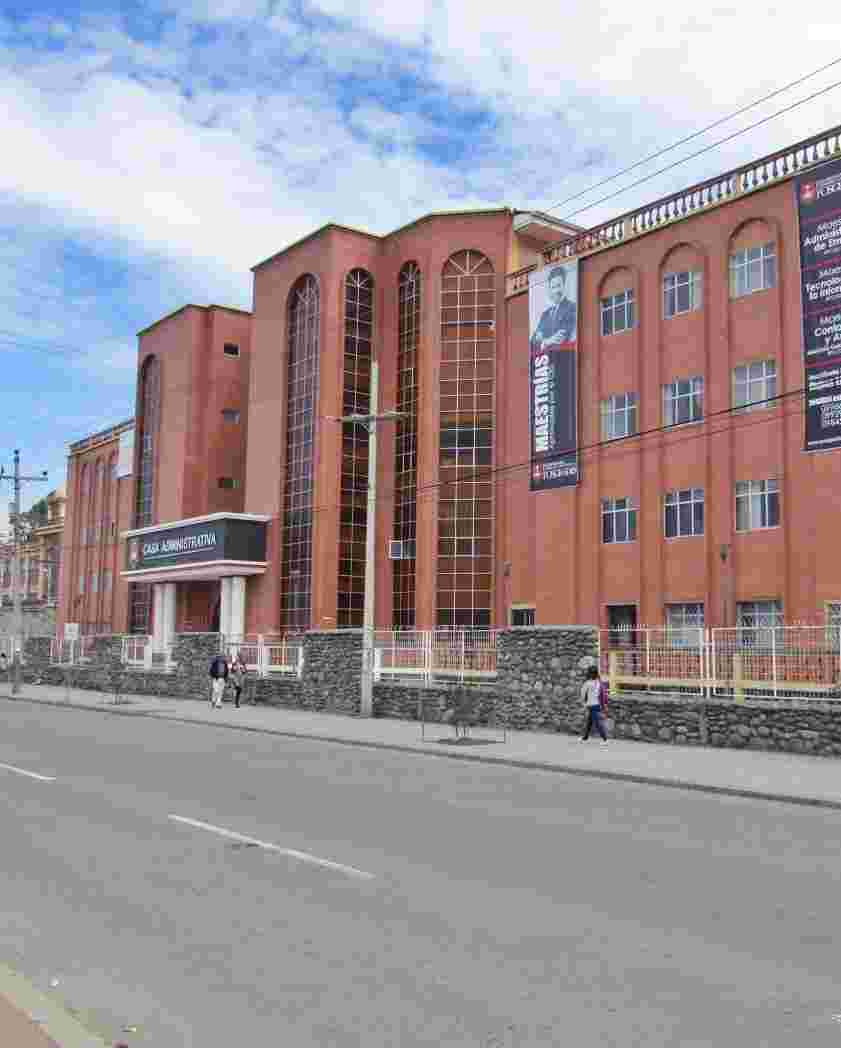Trabajos de Titulación - Electricidad
URI permanente para esta colecciónhttps://dspace.ucacue.edu.ec/handle/ucacue/34
Examinar
Examinando Trabajos de Titulación - Electricidad por Asesores "Orellana Uguña, Carlos Mauricio"
Mostrando 1 - 2 de 2
- Resultados por página
- Opciones de ordenación
Ítem Acceso Abierto Máquina para generar filamento a partir de botellas recicladas como complemento para la máquina de reciclaje Pichaybot(Universidad Católica de Cuenca., 2025) Calle Malo, Edisson Alexander; López Ñauta, Jimmy Javier; Orellana Uguña, Carlos Mauricio; 0150368926; 0106509060Within the framework of the circular economy, the reuse of plastic waste represents a fundamental role in reducing environmental impact. In this context, the Catholic University of Cuenca has developed an innovative and patented machine called “PICHAYBOT”, specifically designed for recycling plastic bottles. This project proposes the design, construction, and implementation of a semi-automatic subsystem to be integrated into the PICHAYBOT, intending to optimize the PET plastic recycling process. This improvement involves incorporating a module capable of converting recycled bottles into filament for 3D printers. To this end, a new machine will be developed, capable of cutting and processing plastic bottles, performing PET extrusion, and producing quality filament suitable for 3D printing through a nozzle. Several experimental tests have been conducted to guarantee the stability and properties of the filament produced. This development not only reinforces the internal recycling processes, but also reflects the institution´s commitment to environmental sustainability and technological innovation.Ítem Acceso Abierto Proyección de la demanda de los vehículos eléctricos en el Cantón Cuenca y su impacto a la red de distribución(Universidad Católica de Cuenca., 2025) Cumbe Tapia, Adrian Patricio; Lema Lucero, Alex Guillermo; Orellana Uguña, Carlos Mauricio; 0150135937; 0107825192This paper presents a methodology for projecting the demand for electric vehicles in the city of Cuenca and evaluating their impact on the distribution network of the Regional Electric Company of the Southern Center (CENTROSUR, by its Spanish acronym). Demand estimation is carried out for the 2024–2034 period using the Bass model, which allows the simulation of technological growth and the adoption of electric vehicles in the urban environment. The projected vehicle distribution is allocated proportionally to the population of each parish, aiming to consistently reflect their territorial presence. The technical analysis focuses on feeder 0324, modeled using OpenDSS software, and considers four evaluation scenarios: the current state, projections for 2028 and 2033, and the system’s maximum load capacity. For each scenario, relevant electrical parameters—such as power and voltage profiles—are analyzed to identify potential operational constraints that may arise due to the increase in load. The results obtained allow for establishing critical load thresholds and provide technical criteria for more robust and forward-looking network planning in response to the advancement of electric mobility in Cuenca. This research strengthens the city's energy transition process, proposing solutions to guarantee the quality and continuity of the electric service.




